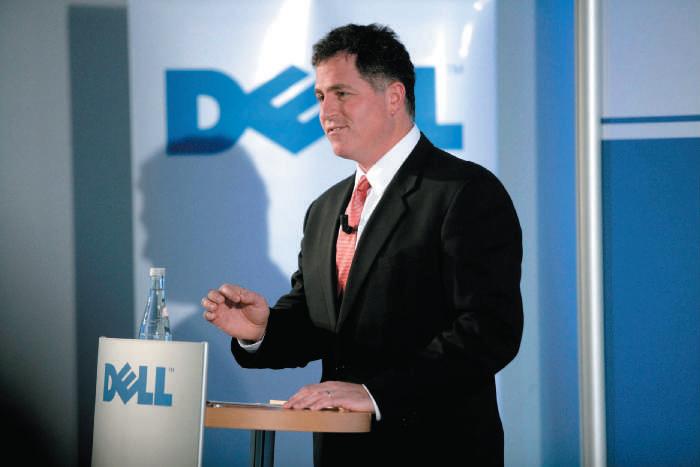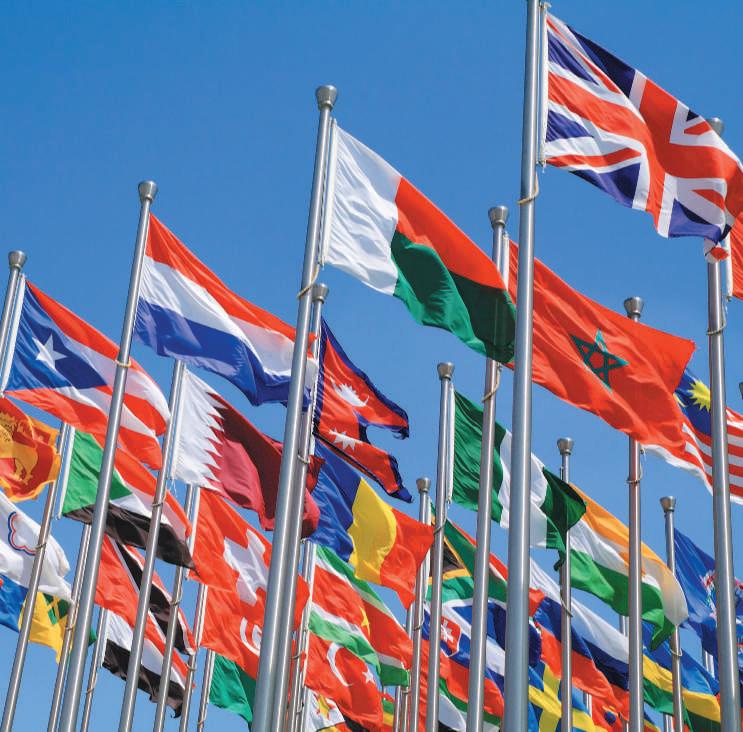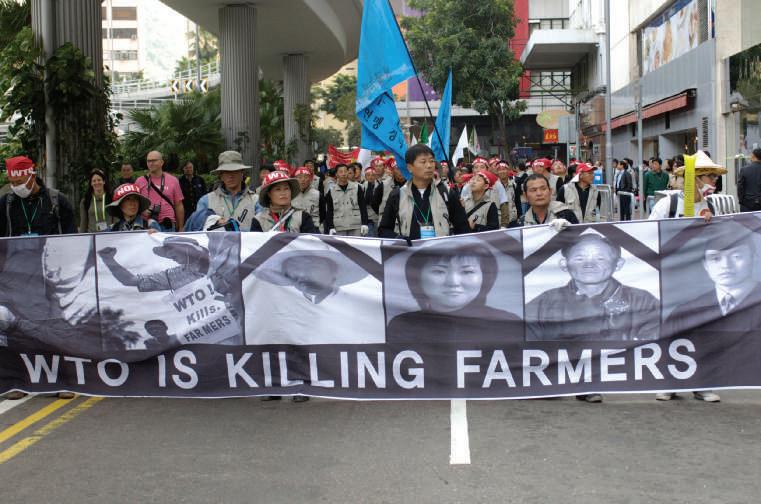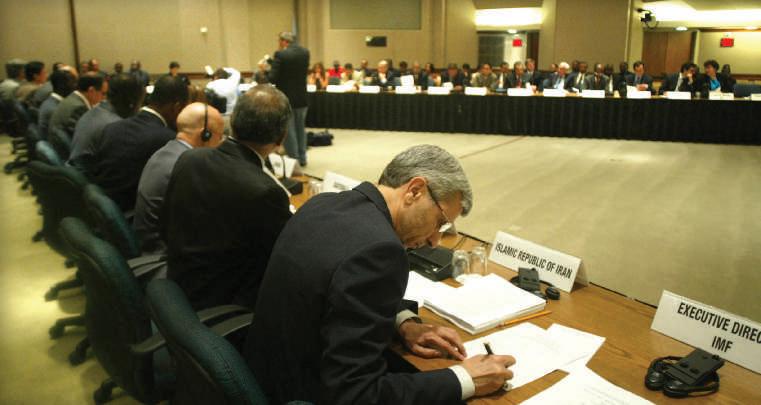234
C h a p t e r 9 C o n t r ol o f G lo b al B u si n ess
TIMOTHY A. CLARY/AFP/Getty Images/Newscom
allegedly sent employees (with company money!) to buy drugs for company use. Cocaine usage was so prevalent at BMIS that industry insiders regularly referred to the company as the “North Pole”! Madoff allegedly also hired topless entertainers for company parties, encouraged employee affairs, and used company money to pay for sexual “escorts” and masseuses. Ironically, this organizational culture also operated as something of a control mechanism and helped to prevent Madoff from being caught for many years. In part, employees feared that if they “ratted” on Madoff, Madoff could also potentially “rat” on them and their activities.15 For many decades, what went on at BMIS stayed at BMIS. While the New York Times, Google, and (historically) BMIS appear to have clear and uniform organizational cultures, the creation of cultural norms of this kind is often very difficult to accomplish, especially in a multinational or global company. For one thing, many large companies have very different types of operating divisions and business units that make it difficult to have a uniform culture throughout the organization. For example, in 1986 the General Electric Corporation, the well-known maker of Convicted financial swindler Bernie Madoff coordinated a deviant culture at BMIS. lightbulbs, power turbines, and aircraft engines, bought NBC (National Broadcasting Company). According to most observers, NBC was a cultural “odd fit” with its parent company. The “glitz and glamour” culture of a television broadcasting company, with its various “celebrity” employees, is so different from that of an aircraft engine manufacturing company that one inside observer pointed out that “a TV network had no business inside a company like GE.”16 Indeed, GE recently divested its NBC operation. Somewhat similar dynamics have applied to the Washington Post Corporation and its 1984 purchase of (Stanley) Kaplan Educational Centers, the SAT test preparation company. The cultural differences between a newspaper with “star” reporters with fast-moving daily reporting requirements and a slower-moving/ less daily event-pressured testing company that employs graduate students to help high school students prepare for the SAT became more poignant in recent years, as the financial success of the Washington Post newspaper has declined precipitously while the financial success of the Kaplan Centers has risen. Indeed, these dynamics ultimately forced the corporation to sell its renowned newspaper in 2013 to Amazon.com founder Jeff Bezos and renamed itself the Graham Holdings Company.17 Where there are clashes within a given organization’s culture, or even if there are threats to this culture in the future, such culture will generally not work as an effective organizational control system. In such situations, it may be advisable to try to implement some sort of organizational change.
organizational change
involves implementation of a different business or cultural path for an organization
9-5b Organizational Change Organizational change represents the implementation of a different business or cultural path for an organization. There will often be considerable resistance to such change, even though such change may be very necessary. For example, employees of BMIS probably
Copyright 2017 Cengage Learning. All Rights Reserved. May not be copied, scanned, or duplicated, in whole or in part. Due to electronic rights, some third party content may be suppressed from the eBook and/or eChapter(s). Editorial review has deemed that any suppressed content does not materially affect the overall learning experience. Cengage Learning reserves the right to remove additional content at any time if subsequent rights restrictions require it.







































